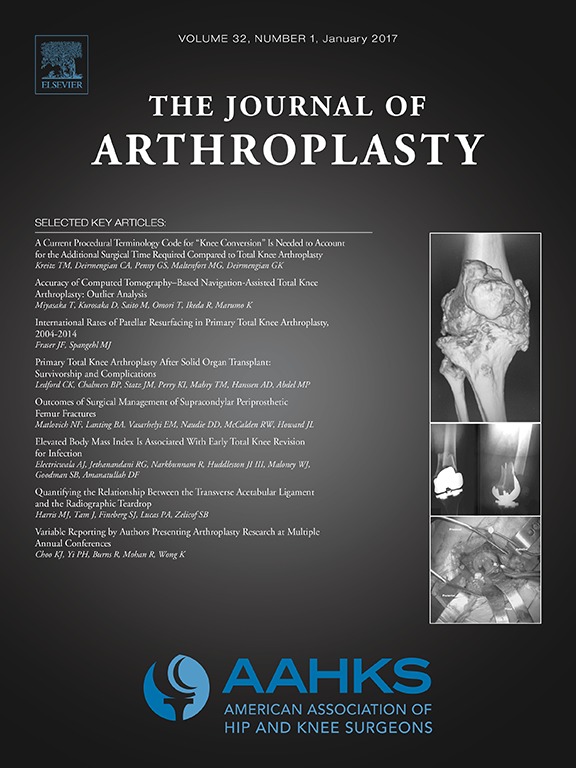
Better early ambulation and pain scores with continuous ACB versus epidural analgesia in primary TKA

Better early ambulation and pain scores with continuous ACB versus epidural analgesia in primary TKA
Continuous Adductor Canal Blocks Provide Superior Ambulation and Pain Control Compared to Epidural Analgesia for Primary Knee Arthroplasty: A Randomized, Controlled Trial
J Arthroplasty. 2018 Apr;33(4):1040-1044Synopsis
145 patients scheduled for total knee arthroplasty were randomized to a perioperative regimen consisting of either spinal anaesthesia combined with continuous adductor canal block, general anaesthesia combined with continuous adductor canal block, or combined spinal-epidural anaesthesia. Patients were primarily assessed for walking distance during postoperative physical therapy. Both groups which ...
To view the full content, login to your account,
or start your 30-day FREE Trial today.
FREE TRIAL
LOGIN
Forgot Password?
Explore some of our unlocked ACE Reports below!

Learn about our AI Driven
High Impact Search Feature
Our AI driven High Impact metric calculates the impact an article will have by considering both the publishing journal and the content of the article itself. Built using the latest advances in natural language processing, OE High Impact predicts an article’s future number of citations better than impact factor alone.
Continue



 LOGIN
LOGIN

Join the Conversation
Please Login or Join to leave comments.